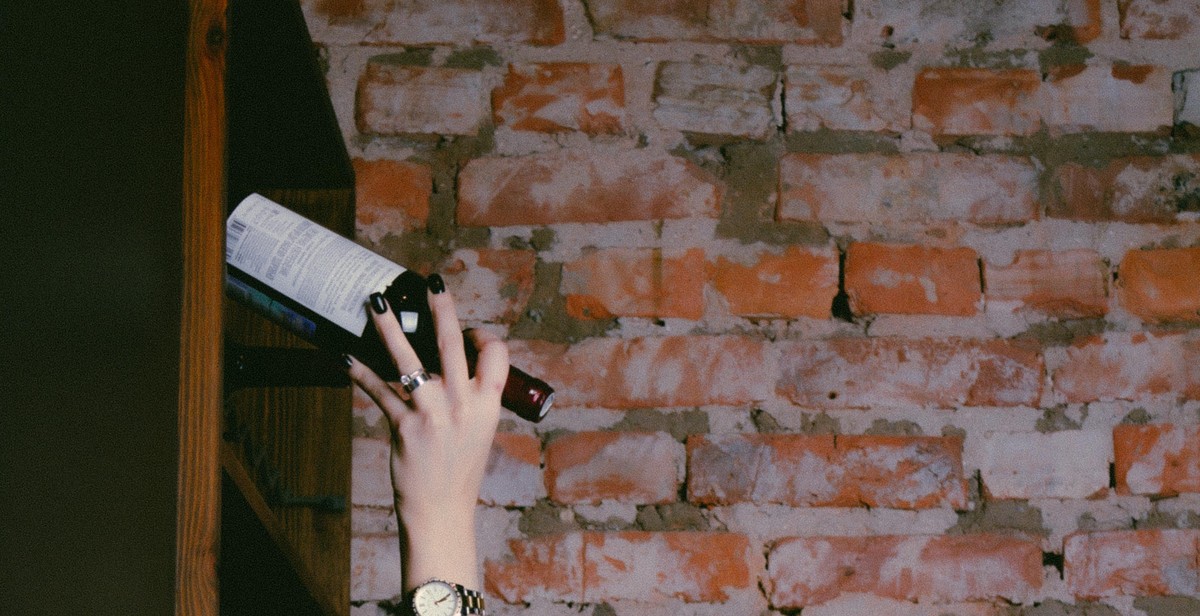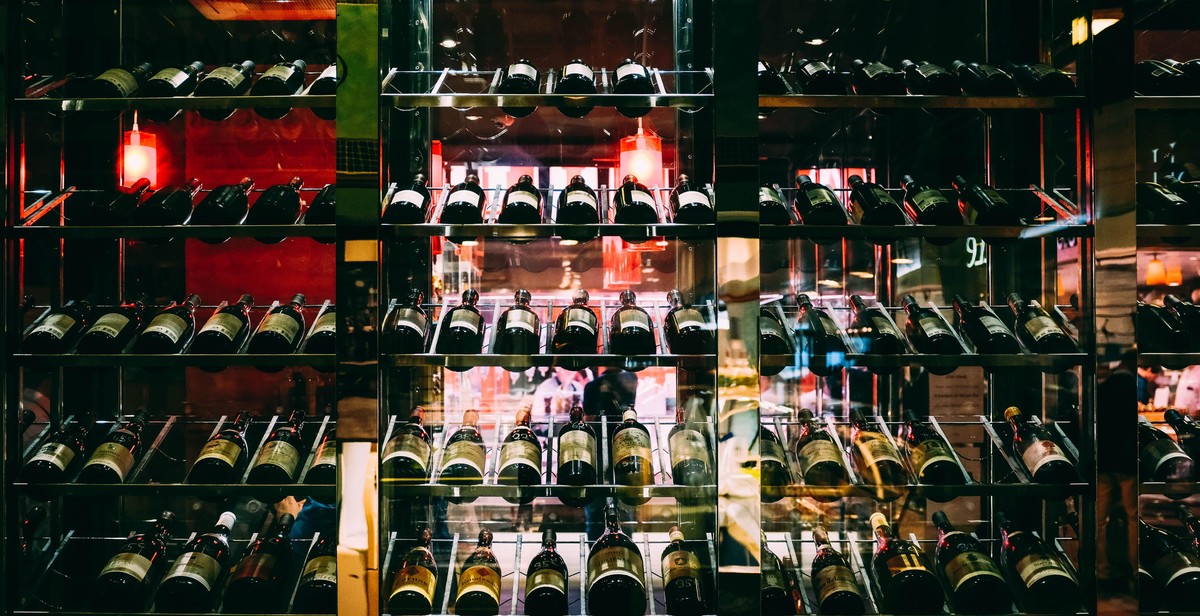How to Build a Wine Collection: Tips for Starting and Managing a Wine Cellar
Building a wine collection can be an enjoyable and rewarding experience. Whether you are a wine enthusiast or a novice, starting and managing a wine cellar requires careful planning and organization. In this article, we will provide you with tips and guidelines on how to build a wine collection that will impress your guests and satisfy your taste buds.
Why Build a Wine Collection?
Having a wine collection is not only a status symbol but also a great investment. A well-curated wine collection can appreciate in value over time, making it a valuable asset for wine connoisseurs. Moreover, a wine collection allows you to explore different wine regions, grape varieties, and vintages, giving you a deeper understanding and appreciation of wine.
How to Start a Wine Collection
Starting a wine collection can be overwhelming, especially if you are new to wine. The first step is to decide on your budget and the type of wine you want to collect. You can start with a few bottles of your favorite wine or explore different regions and varietals. It is also essential to invest in proper storage, such as a wine cooler or cellar, to ensure that your wine is stored in optimal conditions.
Managing Your Wine Collection
Managing a wine collection requires discipline and organization. You need to keep track of your inventory, including the wine’s vintage, producer, and tasting notes. It is also essential to monitor your wine’s storage conditions, such as temperature, humidity, and light exposure, to ensure that your wine ages gracefully.
By following these tips and guidelines, you can build a wine collection that reflects your taste and personality while also being a valuable investment for the future.
Starting Your Wine Collection
Starting a wine collection is an exciting endeavor that requires careful planning and consideration. Whether you are a seasoned wine connoisseur or just starting out, there are a few key factors to keep in mind when building your wine collection.
Determine Your Wine Preferences
The first step in building a wine collection is to determine your wine preferences. This includes identifying the types of wine you enjoy, such as red, white, or sparkling, as well as the regions and grape varietals that appeal to you. It is also important to consider the age and maturity of the wines you prefer, as some wines are meant to be consumed young while others benefit from aging.
Once you have identified your wine preferences, it is a good idea to start exploring different wines and expanding your palate. Consider attending wine tastings or joining a wine club to sample a variety of wines and learn more about different regions and varietals.
Set a Budget
Building a wine collection can be an expensive endeavor, so it is important to set a budget and stick to it. Determine how much you are willing to spend on each bottle of wine and set a maximum budget for your overall collection.
Keep in mind that the cost of wine can vary greatly depending on factors such as region, vintage, and rarity. It is possible to find high-quality wines at a variety of price points, so don’t feel like you need to break the bank to build a great collection.
Choose Storage Options
Proper storage is essential for maintaining the quality of your wine collection. Wine should be stored in a cool, dark place with a consistent temperature and humidity level. Ideally, wine should be stored at a temperature between 45-65°F and a humidity level of 60-70%.
There are a variety of storage options available for wine collectors, including wine refrigerators, wine cellars, and wine racks. Consider the size of your collection and your budget when choosing a storage option.
Wine refrigerators are a good option for smaller collections and can be purchased at a variety of price points. Wine cellars are a more expensive option but offer more storage capacity and can be customized to fit your specific needs. Wine racks are a budget-friendly option for storing wine bottles in a cool, dark place.
Regardless of the storage option you choose, it is important to keep track of your wine inventory and ensure that your collection is organized and easily accessible.
| Key Takeaways: |
|---|
| 1. Determine your wine preferences, including the types of wine you enjoy and the regions and grape varietals that appeal to you. |
| 2. Set a budget for your wine collection and determine how much you are willing to spend on each bottle of wine. |
| 3. Choose a storage option that fits your collection size and budget, and ensure that your wine is stored properly to maintain its quality. |
By following these tips for starting your wine collection, you can build a collection that reflects your personal tastes and preferences and enjoy the many benefits of being a wine collector.

Managing Your Wine Collection
Starting a wine collection is one thing, but managing it is another. Managing your wine collection involves keeping track of your wines, organizing your wine cellar, and properly storing your wines. In this section, we will discuss the three important aspects of managing your wine collection.
Keep Track of Your Wines
Keeping track of your wines is crucial to managing your wine collection. You need to know what wines you have, where they are, and how long you have had them. This can be done by creating a wine inventory list. You can use a spreadsheet or a wine cellar management software to create your inventory list. Your inventory list should include the wine name, vintage, producer, region, and quantity. You can also add notes on when you purchased the wine, how much you paid for it, and where it is stored in your wine cellar. By keeping track of your wines, you can avoid buying duplicates and ensure that you are drinking your wines at their optimal age.
Organize Your Wine Cellar
Organizing your wine cellar is another important aspect of managing your wine collection. You need to have a system in place to store your wines, so they are easy to find and access. The first step is to categorize your wines by type, region, or producer. You can use wine racks, shelves, or bins to store your wines. You should also label your wines, so you know what is in each bottle without having to pull it out of the cellar. Another tip is to organize your wines by drinking order. This means that the wines you plan to drink soon should be stored at the front of the cellar, while the wines you plan to age longer should be stored at the back of the cellar.
Properly Store Your Wines
Properly storing your wines is crucial to ensuring that they age well and taste great when you are ready to drink them. Wine should be stored in a cool, dark place with a constant temperature and humidity level. The ideal temperature for wine storage is between 45-65 degrees Fahrenheit, and the ideal humidity level is between 60-70%. Wine should also be stored on its side, so that the cork stays moist and does not dry out. If the cork dries out, it can allow air into the bottle, which can spoil the wine. You should also avoid storing wine in a place with strong odors, such as a kitchen or laundry room, as the wine can absorb the odors and affect the taste.
| Aspect | Action |
|---|---|
| Keep Track of Your Wines | Create an inventory list |
| Organize Your Wine Cellar | Categorize your wines, label your wines, and organize them by drinking order |
| Properly Store Your Wines | Store wine in a cool, dark place with constant temperature and humidity, store wine on its side, and avoid storing wine in a place with strong odors |

Tips for Building Your Wine Collection
Building a wine collection can be a fun and rewarding experience. Here are some tips to help you get started:
1. Buy Wines You Enjoy
When building a wine collection, it’s important to buy wines that you enjoy. This may seem obvious, but it’s easy to get caught up in the hype of certain wines or to buy wines based on what others recommend. Remember, your wine collection is for you, so make sure you’re buying wines that you will enjoy drinking.
2. Look for Good Deals
Building a wine collection can be expensive, but there are ways to save money. Look for good deals on wines, whether it’s through sales at your local wine shop or online retailers. You can also consider buying wines in bulk or joining a wine club, which can offer discounts and other benefits.
3. Consider Cellar Aging
Some wines are meant to be aged in a cellar, which can enhance their flavor and complexity over time. If you’re interested in aging wines, make sure you have a proper storage area that is cool, dark, and free from vibrations. You can also consult with a wine expert to learn more about which wines are best for aging.
4. Explore Different Regions and Varietals
Building a wine collection is a great opportunity to explore different regions and varietals. Don’t be afraid to try wines from lesser-known regions or grape varieties. You may discover some hidden gems that become your new favorites.
| Tip | Description |
|---|---|
| Buy wines you enjoy | Buy wines that you will enjoy drinking. |
| Look for good deals | Save money by looking for good deals on wines. |
| Consider cellar aging | Some wines are meant to be aged in a cellar. |
| Explore different regions and varietals | Don’t be afraid to try wines from lesser-known regions or grape varieties. |
